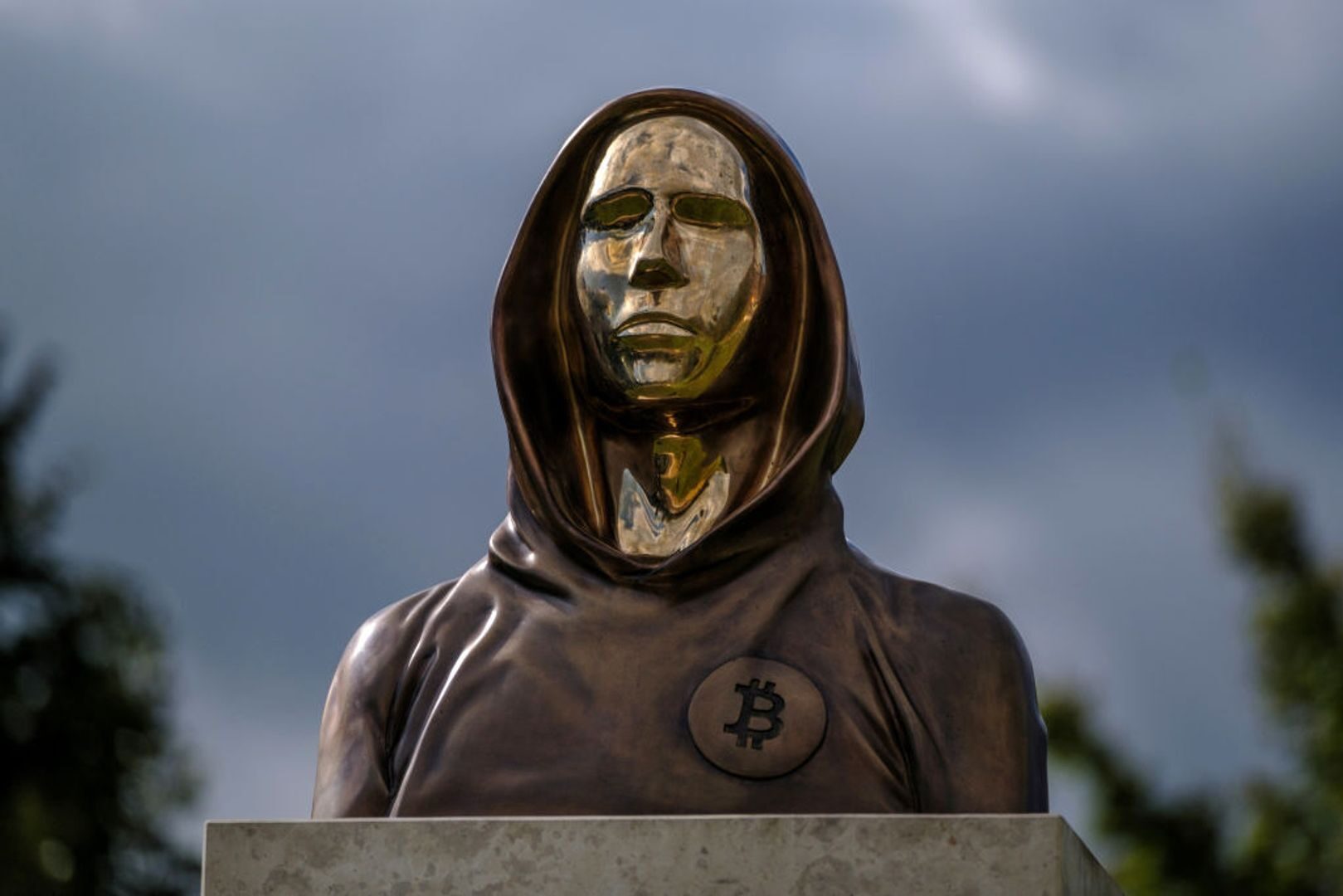BTC
$118,860.67
+
1.47%
ETH
$3,150.70
+
5.64%
XRP
$2.9408
+
1.35%
USDT
$1.0000
+
0.01%
BNB
$692.29
+
1.74%
SOL
$166.10
+
3.93%
USDC
$0.9998
–
0.00%
DOGE
$0.2005
+
4.47%
TRX
$0.3012
+
1.27%
ADA
$0.7440
+
2.30%
HYPE
$47.80
+
1.51%
XLM
$0.4607
–
0.59%
SUI
$4.0141
+
0.89%
LINK
$16.43
+
6.88%
HBAR
$0.2376
+
2.46%
BCH
$499.05
+
2.12%
WBT
$44.38
–
2.09%
AVAX
$21.96
+
4.05%
LEO
$8.8027
–
2.13%
SHIB
$0.0₄1376
+
5.97%
By Shaurya Malwa|Edited by Parikshit Mishra
Jul 16, 2025, 10:30 a.m.

- A new Bitcoin proposal aims to freeze coins secured by legacy cryptography to protect against future quantum computer threats.
- The proposal, co-authored by Jameson Lopp, outlines a phased approach to transition Bitcoin to quantum-resistant formats.
- Researchers warn that quantum computers capable of breaking Bitcoin’s encryption could emerge by 2027, posing a significant threat to the cryptocurrency’s security.
A new Bitcoin draft proposal wants to do what’s long been unthinkable: Freeze coins secured by legacy cryptography — including those in Satoshi Nakamoto’s wallets — before quantum computers can crack them.
That’s according to a new draft proposal co-authored by Jameson Lopp and other crypto security researchers, which introduces a phased soft fork that turns quantum migration into a ticking clock. Fail to upgrade, and your coins become unspendable.
STORY CONTINUES BELOW
That includes the roughly 1.1 million BTC tied to early pay-to-pubkey addresses, like those of Satoshi’s and other early miners.
“This proposal is radically different from any in Bitcoin’s history just as the threat posed by quantum computing is radically different from any other threat in Bitcoin’s history,” the authors explained as a motivation for the proposal. “Never before has Bitcoin faced an existential threat to its cryptographic primitives.”
“A successful quantum attack on Bitcoin would result in significant economic disruption and damage across the entire ecosystem. Beyond its impact on price, the ability of miners to provide network security may be significantly impacted,” they added.
The draft BIP outlined three phases:
Phase A: Banning sending funds to legacy ECDSA/Schnorr addresses, nudging users toward quantum-resistant formats like P2QRH. (Starts 3 years after BIP-360 implementation)
Phase B: Make all legacy signatures invalid at the consensus layer. Coins in quantum-vulnerable addresses become permanently frozen. (Kicks in 2 years after Phase A)
Phase C (optional): Introduce a recovery path for stuck coins using zero-knowledge proof of BIP-39 seed possession. This could be a hard or soft fork.
Bitcoin’s cryptography has never faced an existential threat and still doesn’t, except pre-emptive ones that can possibly target early wallets. Researchers say quantum computers capable of breaking ECDSA may arrive as soon as 2027.
A May report by CoinDesk flagged a new study suggesting that breaking RSA encryption with quantum computers may require 20 times fewer resources than previously thought.
Although Bitcoin uses elliptic curve cryptography, it remains vulnerable to quantum attacks similar to those threatening RSA. Current quantum computers are not yet capable of breaking these encryption methods, but research is rapidly advancing.
Earlier in July, eight legacy Bitcoin wallets moved over $8.5 billion worth of ‘Satoshi-era’ bitcoin after 15 years of dormancy — sparking speculation, among some, about moving to wallets with improved security as
That’s the red line for Lopp and the team.
Around 25% of all bitcoin have exposed their public keys, meaning they’re vulnerable to a “Q-day” style attack. If attackers are patient, they could use quantum tools to quietly drain dormant wallets over time without tripping alarms.
“Quantum attackers could compute the private key for known public keys then transfer all funds weeks or months later, in a covert bleed to not alert chain watchers,” the draft proposal stated. “Q-Day may be only known much later if the attack withholds broadcasting transactions in order to postpone revealing their capabilities.”
The proposal is still in draft stage and has no BIP number yet. And it may be the only way Bitcoin survives a quantum future.
Read more: Is Crypto Ready for Q-Day?
Shaurya is the Co-Leader of the CoinDesk tokens and data team in Asia with a focus on crypto derivatives, DeFi, market microstructure, and protocol analysis.
Shaurya holds over $1,000 in BTC, ETH, SOL, AVAX, SUSHI, CRV, NEAR, YFI, YFII, SHIB, DOGE, USDT, USDC, BNB, MANA, MLN, LINK, XMR, ALGO, VET, CAKE, AAVE, COMP, ROOK, TRX, SNX, RUNE, FTM, ZIL, KSM, ENJ, CKB, JOE, GHST, PERP, BTRFLY, OHM, BANANA, ROME, BURGER, SPIRIT, and ORCA.
He provides over $1,000 to liquidity pools on Compound, Curve, SushiSwap, PancakeSwap, BurgerSwap, Orca, AnySwap, SpiritSwap, Rook Protocol, Yearn Finance, Synthetix, Harvest, Redacted Cartel, OlympusDAO, Rome, Trader Joe, and SUN.















